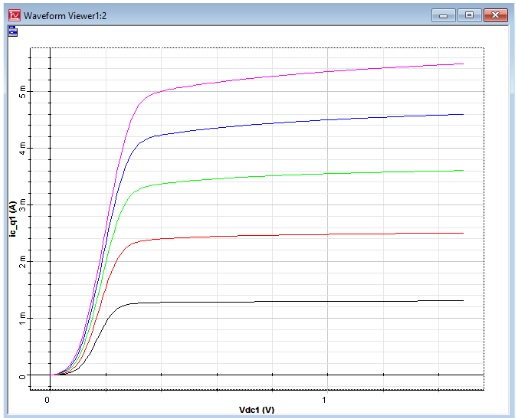To quickly gain an understanding of the core features provided with OptiSPICE it is recommended to perform the tutorials included in this document. It includes the following examples:
- AC Analysis which shows how to setup and run an AC simulation
- DC Analysis which shows how to setup and run a DC simulation
- Parameter sweep which shows the steps involved in performing the parameter sweep analysis of an electrical circuit
- Wavelength sweep which shows how to determine the frequency response of an optical circuit by sweeping the wavelength of a laser source
- Transient and noise simulation which shows how to run a transient simulation of an electrical circuit that includes electrical noise.
View the Full Manual Section


